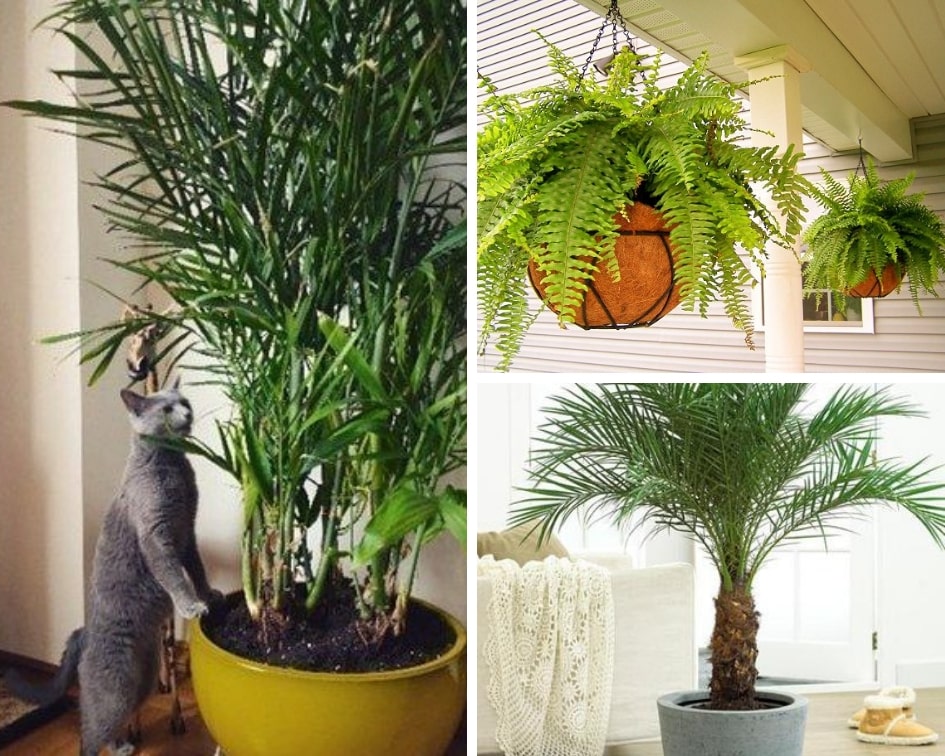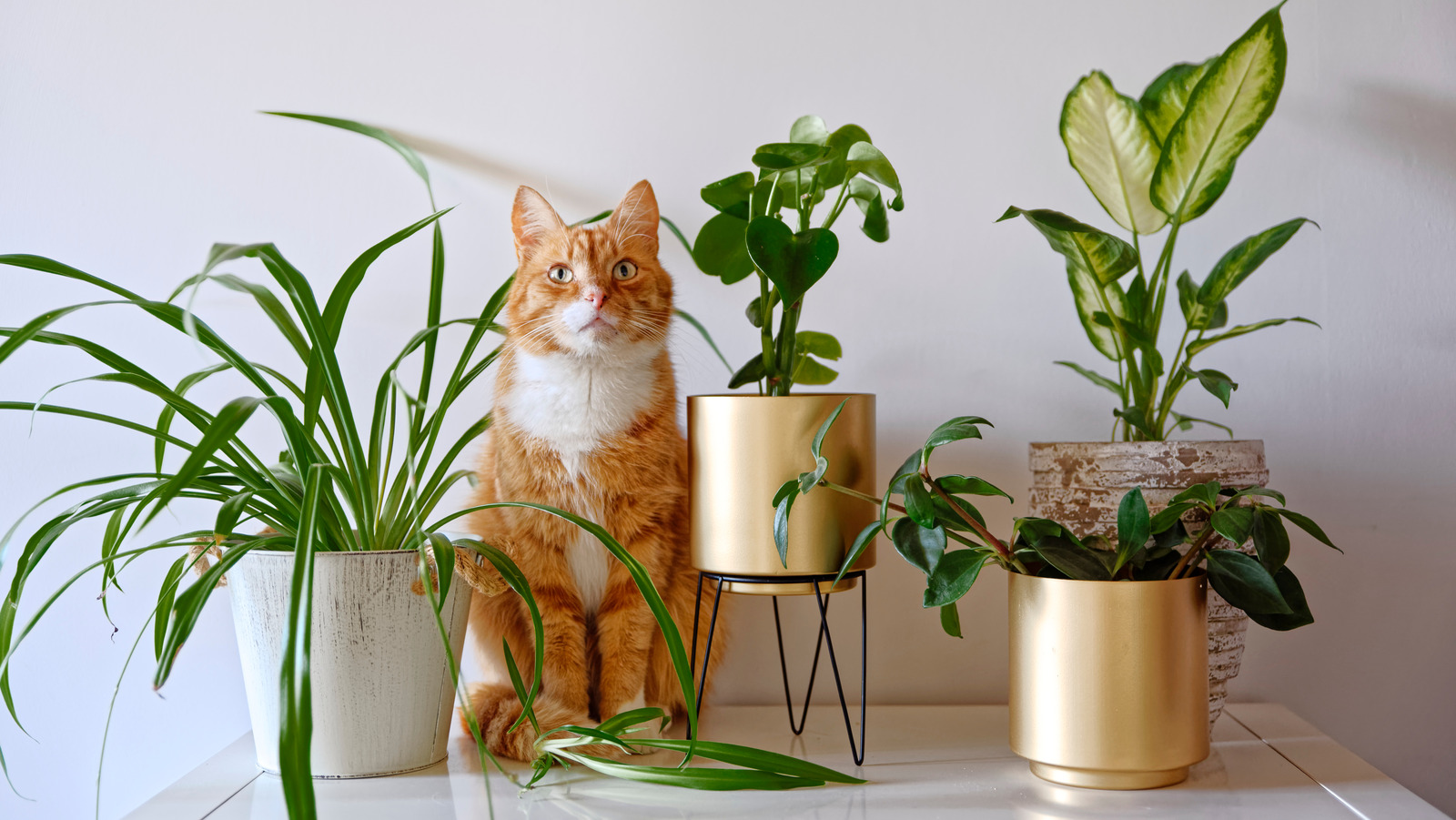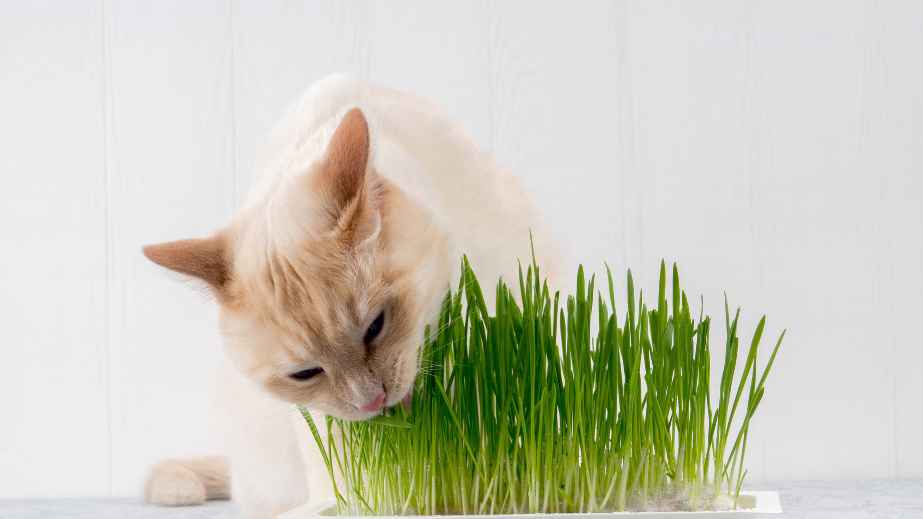Creating a Harmonious Home for Your Furry Friend
As a cat owner, it’s essential to create a safe and welcoming environment for your feline companion. While plants can add beauty and freshness to your home, some can be toxic to cats. In fact, according to the American Society for the Prevention of Cruelty to Animals (ASPCA), many common houseplants can be poisonous to cats if ingested. This is why it’s crucial to choose plants that are safe for cats to ensure a harmonious coexistence between your pet and your plants.
Plants that are safe for cats are not only non-toxic but also provide numerous benefits for your feline friend. For instance, some plants can help purify the air, reduce stress, and even provide a natural source of entertainment for your cat. By selecting cat-friendly plants, you can create a peaceful and stimulating environment that promotes your cat’s physical and mental well-being.
Moreover, choosing plants that are safe for cats can also help prevent accidents and reduce the risk of plant toxicity. According to the ASPCA, plant toxicity is a common emergency that can be prevented by selecting non-toxic plants and keeping them out of reach of your cat. By taking these precautions, you can ensure a safe and happy home for both your cat and your plants.
In this article, we will explore the importance of choosing plants that are safe for cats and provide guidance on how to select non-toxic plants for your home. We will also introduce you to some popular cat-safe plants that are perfect for indoor spaces and provide tips on how to keep your cat safe around plants.
How to Choose Non-Toxic Plants for Your Cat’s Environment
When it comes to selecting plants that are safe for cats, it’s essential to do your research and take a few precautions. Here are some tips to help you choose non-toxic plants for your feline friend:
First, research the plant’s toxicity level. The ASPCA has a handy list of toxic and non-toxic plants that you can consult. You can also check with your veterinarian or a plant expert for advice. Look for plants that are labeled as “non-toxic” or “cat-friendly.”
Next, read plant labels carefully. Some plants may be labeled as “pet-friendly” or “non-toxic,” but it’s still important to double-check their toxicity level. Be aware that some plants may be toxic to cats even if they are not toxic to humans.
Another way to ensure that your plants are safe for your cat is to consult with a veterinarian or a plant expert. They can provide you with personalized advice and recommendations for cat-safe plants.
Additionally, consider the plant’s growth habits and potential for toxicity. Some plants, such as those with sap or milky latex, can be toxic to cats if ingested. Others, such as plants with small berries or seeds, can be a choking hazard.
By taking these precautions and doing your research, you can create a safe and welcoming environment for your cat and your plants. Remember, it’s always better to err on the side of caution when it comes to your cat’s health and safety.
Some popular resources for researching plant toxicity include the ASPCA’s list of toxic and non-toxic plants, the Pet Poison Helpline, and the National Capital Poison Center. You can also consult with your veterinarian or a plant expert for personalized advice.
Purrfectly Safe Plants for Your Home
If you’re looking for plants that are safe for your feline friend, you’re in luck There are many beautiful and low-maintenance options that are perfect for indoor spaces. Here are a few of our favorites:
Spider Plants (Chlorophytum comosum) are a popular choice for cat owners. They’re easy to care for, produce cute white flowers, and have beautiful, airy foliage. Plus, they’re great air purifiers, making them a healthy addition to your home.
Parlor Palms (Chamaedorea elegans) are another great option. They’re slender, elegant, and can grow up to 6 feet tall. They prefer bright, indirect light and consistent watering, making them a great choice for busy cat owners.
Peperomia (Peperomia obtusifolia) is a small, adorable plant that’s perfect for shelves or desks. It has beautiful, heart-shaped leaves and prefers high humidity and low light, making it a great choice for rooms with limited natural light.
These plants are not only safe for your cat, but they’re also low-maintenance and easy to care for. They’re perfect for busy pet owners who want to add some greenery to their home without worrying about their cat’s safety.
When choosing plants that are safe for cats, it’s essential to remember that even non-toxic plants can cause gastrointestinal upset if ingested. So, make sure to keep an eye on your cat’s interactions with plants and take steps to prevent any potential harm.
By incorporating these plants into your home, you can create a beautiful and safe environment for both your cat and your plants. Remember to always prioritize your cat’s safety and well-being, and happy planting!
Popular Cat-Safe Plant Options for Indoor Spaces
If you’re looking for more cat-safe plant options to add to your indoor space, here are a few popular choices:
Prayer Plants (Maranta leuconeura) are a beautiful and unique option. They have stunning foliage with vibrant colors and patterns, and are relatively low-maintenance. They prefer bright, indirect light and consistent watering, making them a great choice for rooms with limited natural light.
Polka Dot Plants (Hypoestes phyllostachya) are another popular choice for cat owners. They have beautiful, spotted leaves and are easy to care for. They prefer bright, indirect light and consistent watering, making them a great choice for busy pet owners.
Catnip (Nepeta cataria) is a classic choice for cat owners. It’s a natural herb that’s safe for cats to roll around in and rub against, and can even stimulate their senses. It’s easy to grow and maintain, and can be grown indoors or outdoors.
These plants are not only safe for your cat, but they’re also beautiful and unique additions to your indoor space. They’re perfect for adding some greenery to your home without worrying about your cat’s safety.
When choosing plants that are safe for cats, it’s essential to remember that even non-toxic plants can cause gastrointestinal upset if ingested. So, make sure to keep an eye on your cat’s interactions with plants and take steps to prevent any potential harm.
By incorporating these plants into your home, you can create a beautiful and safe environment for both your cat and your plants. Remember to always prioritize your cat’s safety and well-being, and happy planting!
Plants to Avoid: Toxic Varieties That Can Harm Your Cat
While there are many beautiful and safe plants that you can bring into your home, there are also some toxic varieties that can harm your cat. It’s essential to be aware of these plants and avoid them altogether to ensure your cat’s safety.
Lilies (Lilium spp.) are a popular choice for bouquets and arrangements, but they are highly toxic to cats. Even small amounts of lily pollen or leaves can cause severe kidney damage and even death.
Snake Plants (Sansevieria Trifasciata) are known for their striking, upright leaves, but they contain a toxic compound called calcium oxalate that can cause oral and gastrointestinal irritation in cats.
Philodendron (Philodendron spp.) is a popular houseplant, but it contains a toxic compound called calcium oxalate that can cause oral and gastrointestinal irritation in cats.
These plants are just a few examples of the many toxic varieties that can harm your cat. It’s crucial to do your research and choose plants that are safe for your feline friend.
Remember, even if a plant is non-toxic, it’s still possible for your cat to experience gastrointestinal upset if they ingest a large amount of plant material. So, always keep an eye on your cat’s interactions with plants and take steps to prevent any potential harm.
By avoiding toxic plants and choosing cat-safe options, you can create a beautiful and safe environment for both your cat and your plants. Always prioritize your cat’s safety and well-being, and happy planting!
Keeping Your Cat Safe Around Plants
Even with cat-safe plants, it’s essential to take precautions to ensure your cat’s safety. Here are some tips to help you keep your cat safe around plants:
Place plants out of reach: Cats are naturally curious, and they may try to investigate plants by touching or tasting them. To prevent this, place plants on high shelves or hanging baskets that are out of your cat’s reach.
Use plant covers: If you have plants that are particularly tempting to your cat, consider using plant covers to protect them. These covers can be made of breathable materials like mesh or cotton and can help prevent your cat from accessing the plant.
Supervise interactions: Always supervise interactions between your cat and plants. If you notice your cat showing interest in a plant, intervene immediately to prevent any potential harm.
Keep an eye on plant toxicity: Even if a plant is non-toxic, it’s still possible for your cat to experience gastrointestinal upset if they ingest a large amount of plant material. Keep an eye on your cat’s behavior and watch for signs of plant toxicity, such as vomiting or diarrhea.
Provide alternative stimulation: Cats need stimulation and exercise to stay happy and healthy. Provide your cat with alternative stimulation, such as toys or scratching posts, to distract them from plants.
By following these tips, you can help keep your cat safe around plants and create a harmonious and beautiful home environment that both cats and plants can enjoy.
Cat-Plant Interactions: What to Expect and How to React
Cats are naturally curious creatures, and they often interact with plants in various ways. Here are some common ways cats interact with plants and how to respond to these behaviors:
Eating: Cats may try to eat plants, especially if they are hungry or bored. If you catch your cat eating a plant, intervene immediately and remove the plant from their reach. If your cat has ingested a toxic plant, seek veterinary attention immediately.
Digging: Cats may dig in plants, especially if they are looking for a place to hide or seek comfort. If you catch your cat digging in a plant, redirect their attention to a more suitable activity, such as playing with a toy or scratching a scratching post.
Scratching: Cats may scratch plants, especially if they are looking for a place to mark their territory or stretch their muscles. If you catch your cat scratching a plant, provide them with a scratching post or pad to redirect their attention.
By understanding these common cat-plant interactions, you can take steps to prevent any potential harm and create a harmonious and beautiful home environment that both cats and plants can enjoy.
Remember, every cat is different, and what works for one cat may not work for another. Be patient, observant, and responsive to your cat’s needs, and you can create a cat-friendly home with plants that is safe and enjoyable for both your cat and your plants.
Conclusion: Creating a Cat-Friendly Home with Plants
Creating a cat-friendly home with plants is a great way to bring some greenery into your space while also keeping your feline friend safe. By choosing cat-safe plants, such as Spider Plants, Parlor Palms, and Peperomia, you can create a harmonious and beautiful home environment that both cats and plants can enjoy.
Remember to always research the toxicity of any plant before bringing it into your home, and to keep an eye on your cat’s interactions with plants to prevent any potential harm. With a little creativity and planning, you can create a cat-friendly home with plants that is safe, beautiful, and enjoyable for both you and your feline friend.
By following the tips and guidelines outlined in this article, you can create a cat-friendly home with plants that is perfect for you and your feline companion. So why not get started today and bring some greenery into your home?







